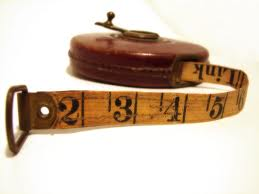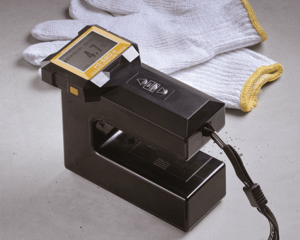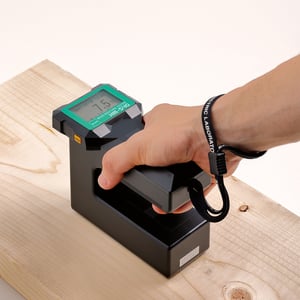 There is often much confusion about accuracy when it comes to moisture measurement.
There is often much confusion about accuracy when it comes to moisture measurement.
Professionals in the industry often discuss primary and secondary measurements, but for those who aren’t moisture analysis experts, primary and secondary could mean anything from one drop of water to two, or using one method first and the another later.
This may leave you wondering “What exactly is the difference between primary and secondary moisture measurement?” To answer this question, let’s look at what defines a primary method of moisture measurement.
Primary Moisture Measurement
A primary measurement is a methodology that can directly measure any amount, length, or any other property “irrefutably”. This means whoever is taking the measurement will be assured that it is absolute and accurate. An example of this would be a tape measure. An individual who uses a tape measure does not have to change the markings on it to measure different objects. The tape measure is made with specific values that never change, so anyone can use a tape measure to measure any length and know exactly what they’re getting with confidence.
Primary Moisture Measurement Methods
The two primary moisture measurement methods are:
- The loss-on-drying (LOD) method: The loss-on-drying method measures a sample’s original weight, then the sample goes into a dryer or oven, and then is reweighed after all of the moisture in the sample has evaporated. The difference between the weights is the amount of water that evaporated during drying. Dividing the weight loss (loss on drying) by the either the original weight (wet basis) or final dry weight (dry basis) calculates the moisture percentage.
- The Karl Fischer method: The Karl Fischer method, on the other hand, uses chemical decomposition to measure the moisture content of a sample. An individual does a titration that breaks the sample down into the chemical components. The released water is measured and compared with the original mass. This gives the exact moisture percentage without the inclusion of volatile substances within the sample in the final result.
Secondary Moisture Measurement
A secondary moisture method utilizes a calibration against some other standard (or primary method in this case) before being used to measure moisture.
It is important to note that a secondary method can only measure as accurately as the precision (repeatability) of the method that was used to calibrate it. This can be compared to an odometer in a car. For instance, the diameter of the car’s tires must be measured first in order to get an accurate odometer reading. This is due to the fact that different tire sizes will travel a different distance each rotation. Again, if there’s some variation in the tire diameter, or the measurement of the tire, the odometer will be “off” against the true distance travelled.
Secondary Moisture Measurement Methods
There are several methods of secondary moisture measurement. These forms include electrical, microwave, nuclear and optical. Each type of method has advantages and disadvantages.
However, two main advantages of secondary methods over primary methods are:
- Secondary methods generally provide rapid or instant measurement.
- Secondary methods generally are non-destructive and don’t alter the sample in any way.
Primary moisture measurement (LOD and KF) both alter and/or destroy the sample. Both of the methods take some time to drive off the moisture.
Companies use secondary methods if they find the advantages of non-alteration and speed offset any real or perceived “accuracy” loss versus the primary method.
Do you have any questions regarding moisturement? Share them in our comments section below? Or talk to one of our engineers by clicking on the button below.



